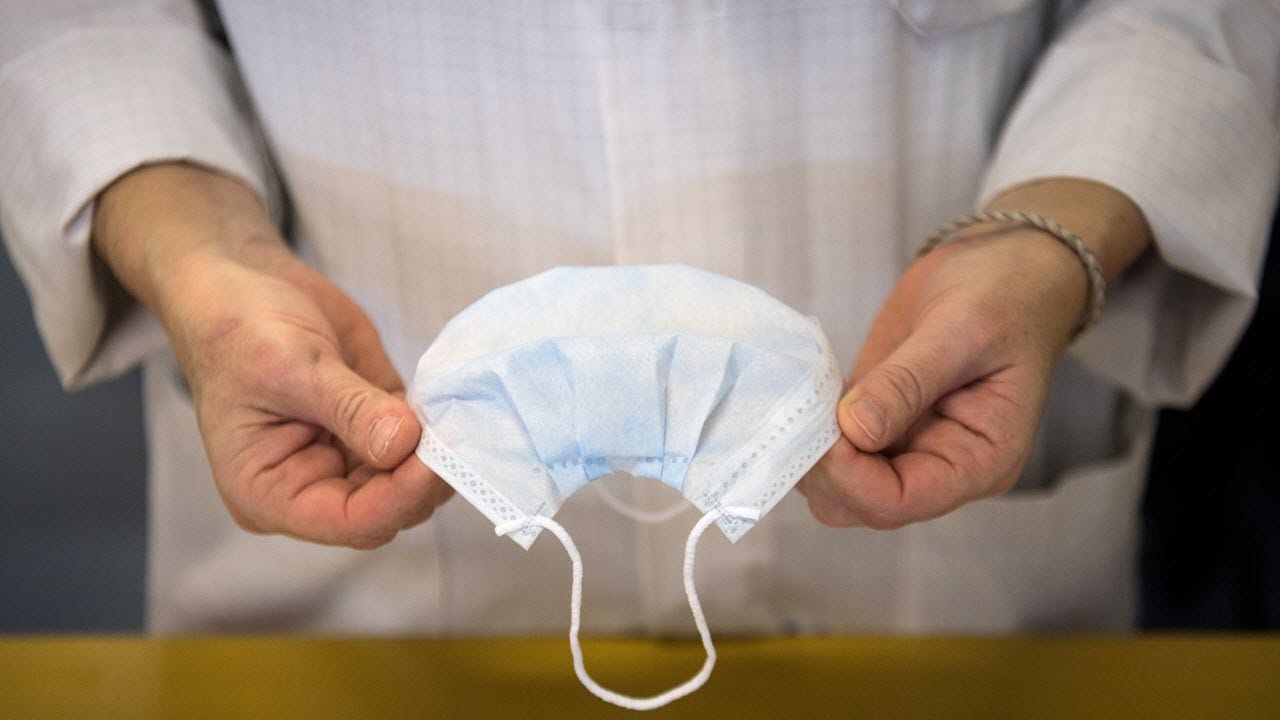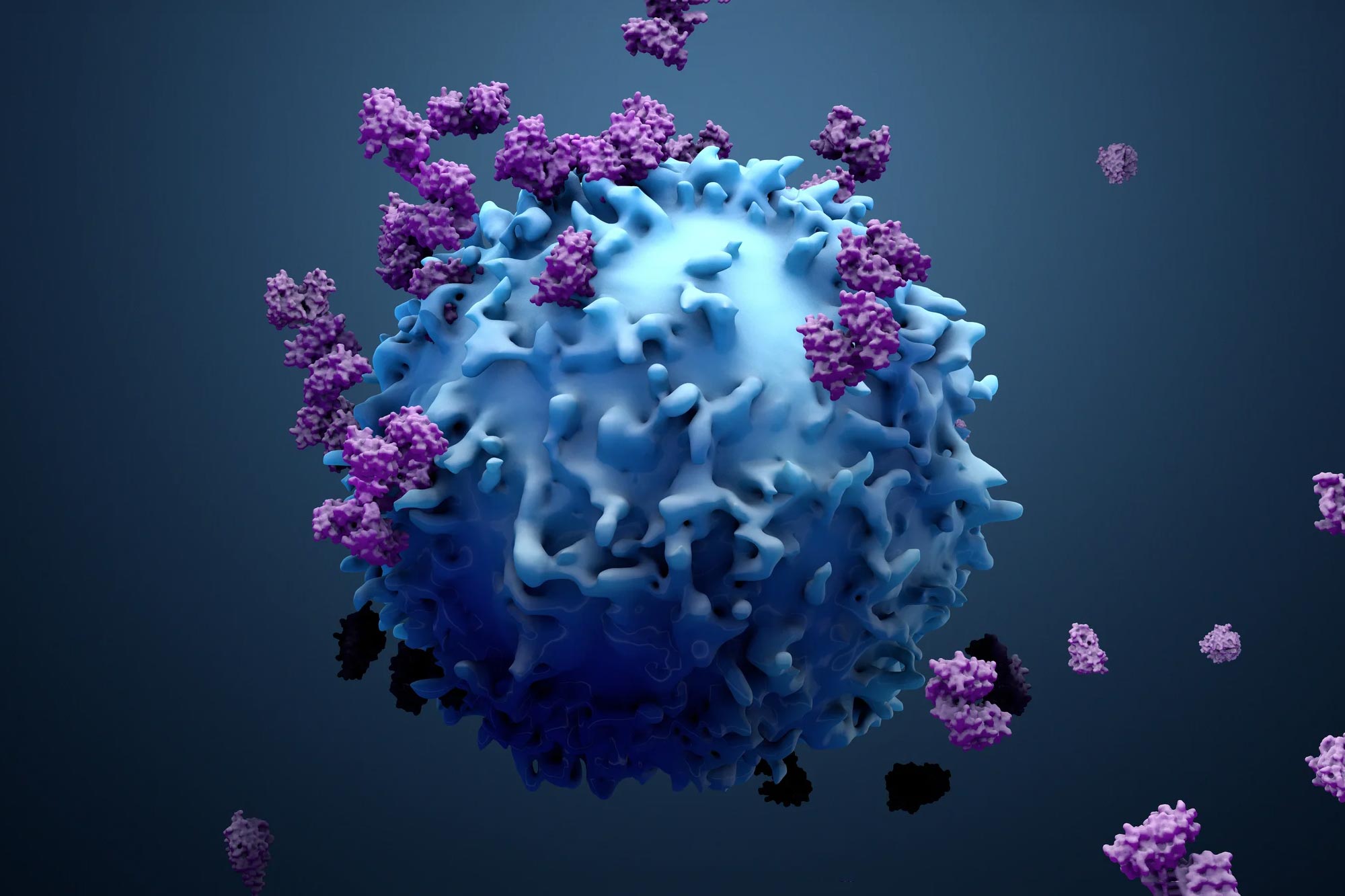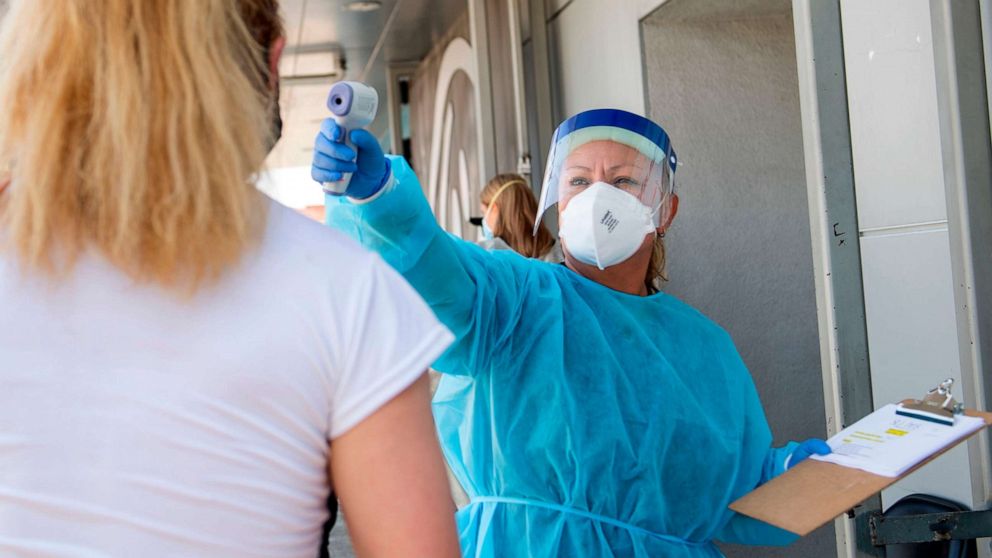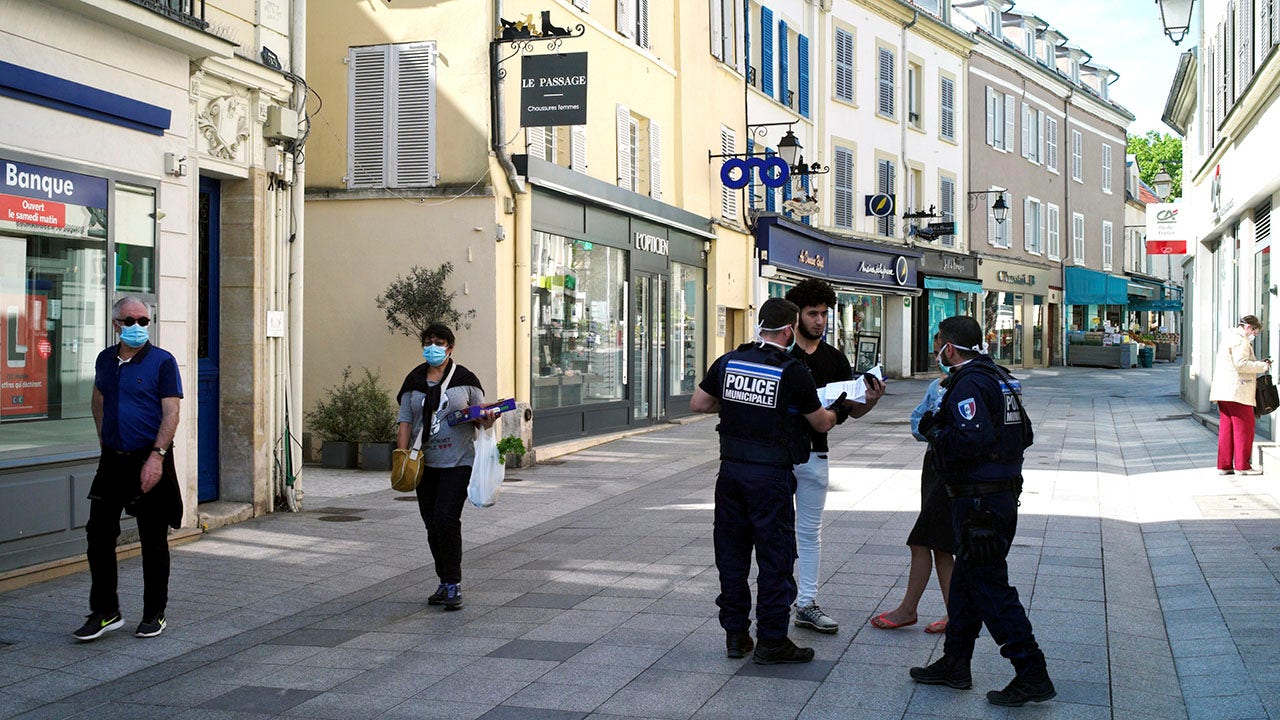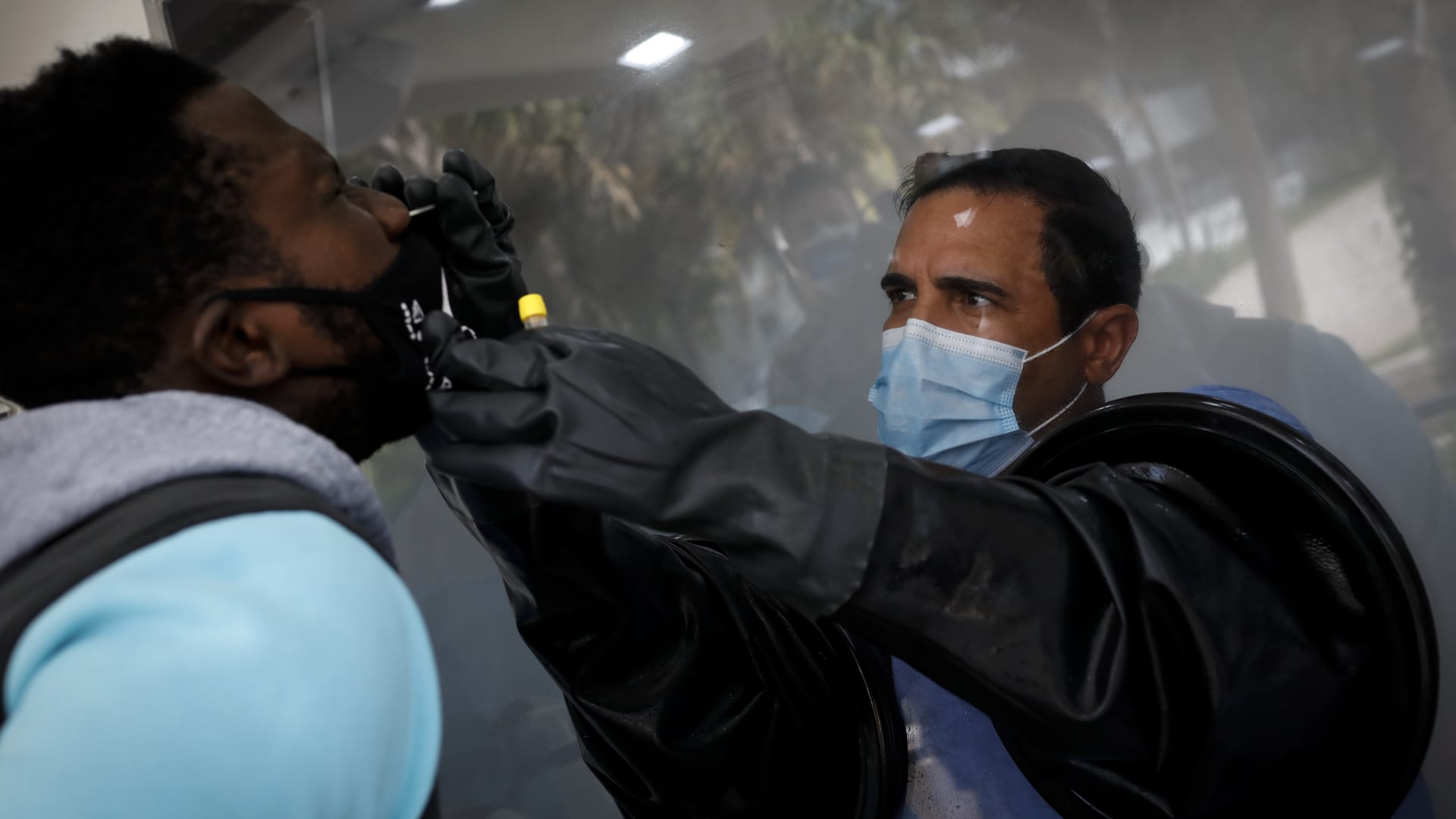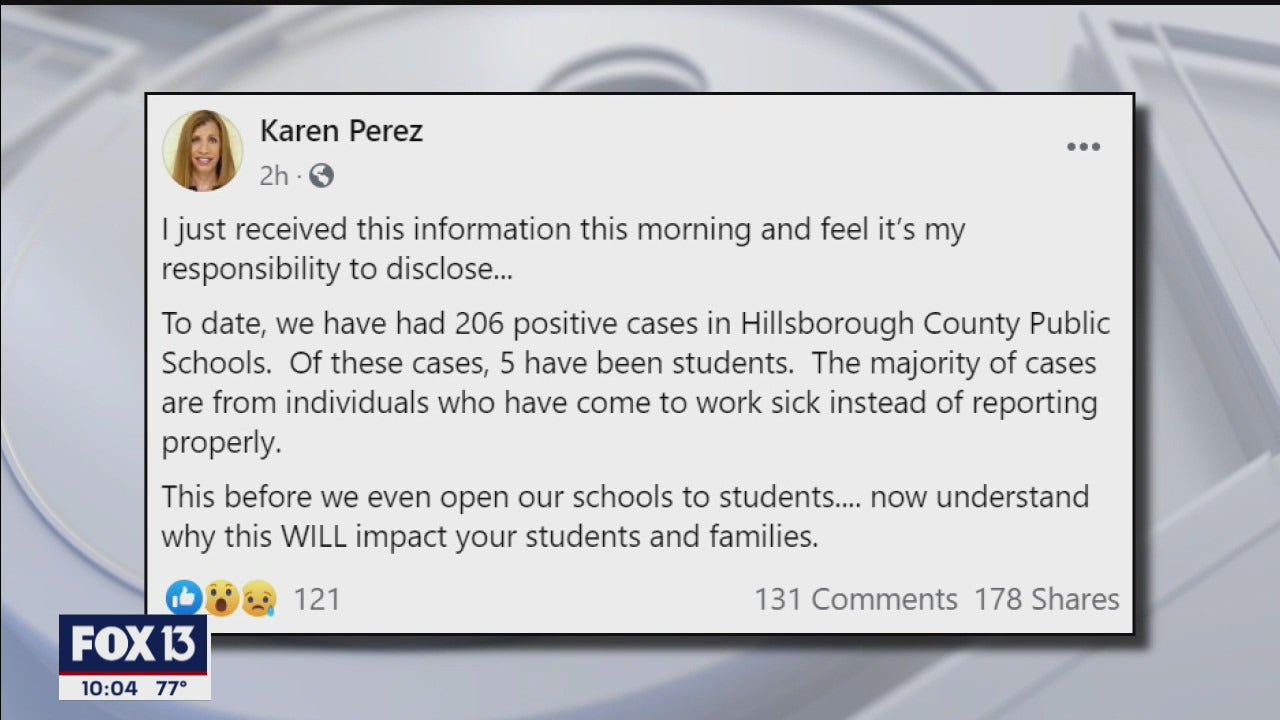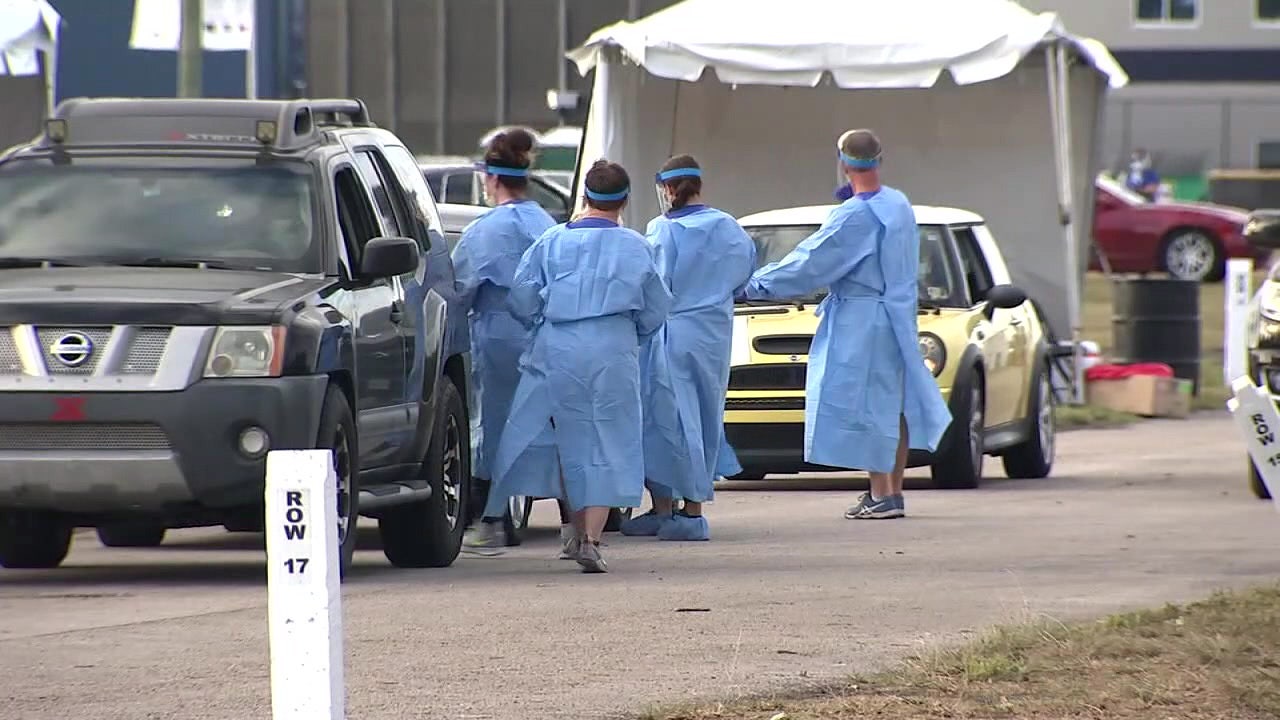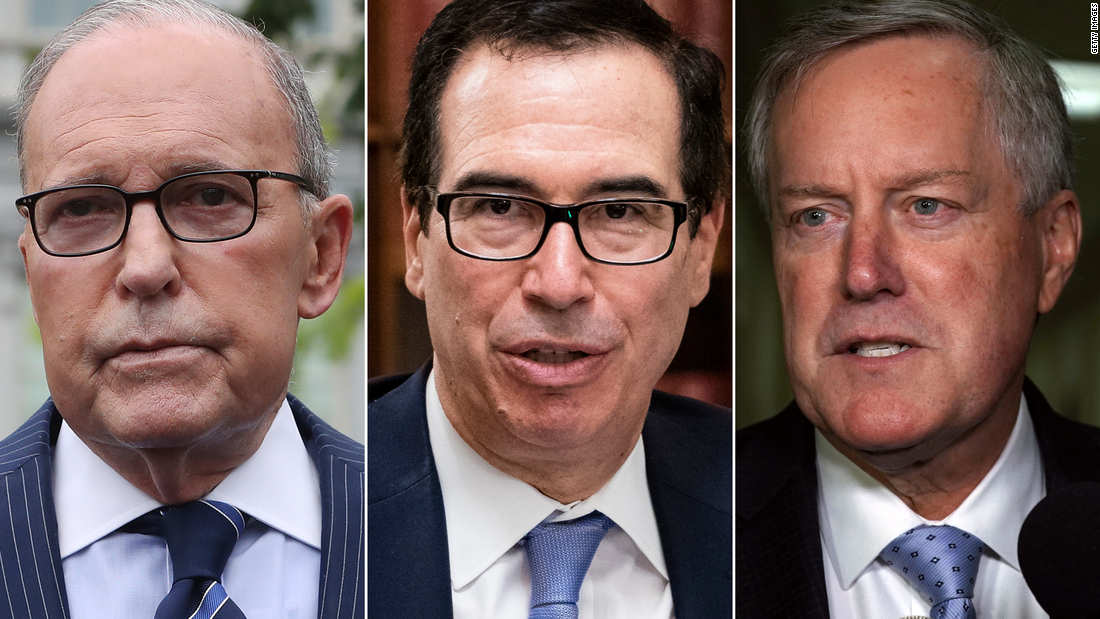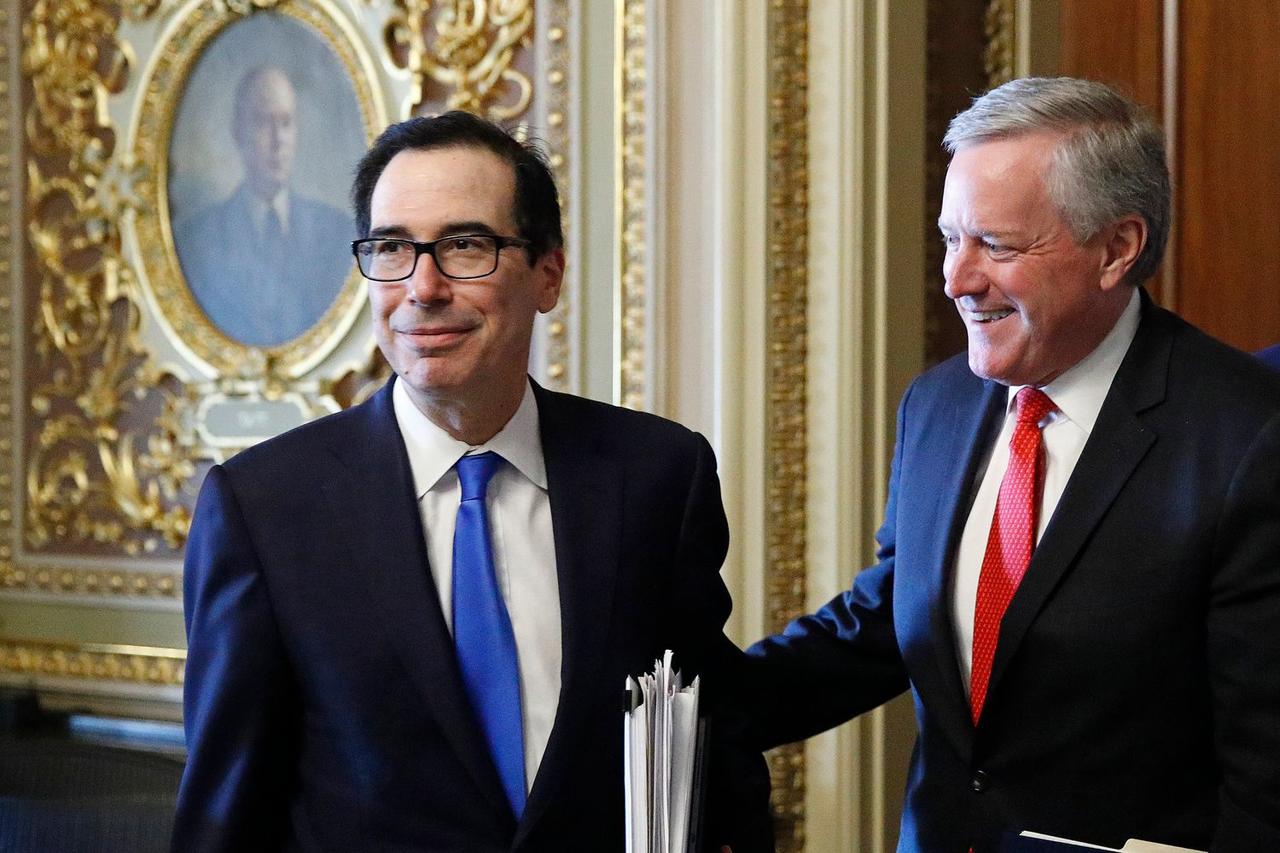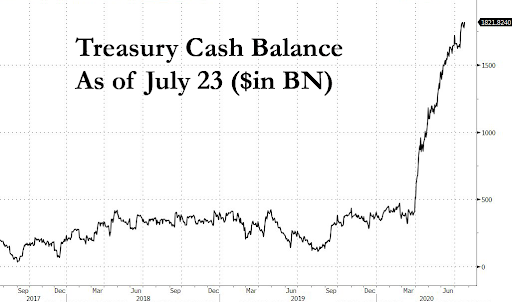Shortages of health care workers are worsening in Houston, Miami, Baton Rouge and other...

www.chron.com
(fair use applies)
Houston, Miami, other cities face mounting health care worker shortages as infections climb
Frances Stead Sellers and Abigail Hauslohner (The Washington Post)
Published 12:29 pm CDT, Saturday, July 25, 2020
Shortages of health care workers are worsening in Houston, Miami, Baton Rouge and other cities battling sustained covid-19 outbreaks, exhausting staffers and straining hospitals' ability to cope with spiking cases.
That need is especially dire for front-line nurses, respiratory therapists and others who play hands-on, bedside roles where one nurse is often required for each critically ill patient.
While many hospitals have devised ways to stretch material resources - converting surgery wards into specialized covid units and recycling masks and gowns - it is far more difficult to stretch the human workers needed to make the system function.
"At the end of the day, the capacity for critical care is a balance between the space, staff and stuff. And if you have a bottleneck in one, you can't take additional patients," said Mahshid Abir, a senior physician policy researcher at the RAND Corporation and director of the Acute Care Research Unit (ACRU) at the University of Michigan. "You have to have all three . . . You can't have a ventilator, but not a respiratory therapist."
"What this is going to do is it's going to cost lives, not just for covid patients, but for everyone else in the hospital," she warned.
The increasingly fraught situation reflects packed hospitals across large swaths of the country: More than 8,800 covid patients are hospitalized in Texas; Florida has more than 9,400; and at least 13 other states also have thousands of hospitalizations, according to data compiled by The Washington Post.
Facilities in several states, including Texas, South Carolina and Indiana, have in recent weeks reported shortages of such workers, according to federal planning documents viewed by The Post, pitting states and hospitals against one another to recruit staff.
On Thursday, Louisiana Democratic Gov. John Bel Edwards said he asked the federal government to send in 700 health-care workers to assist besieged hospitals.
"Even if for some strange reason . . . you don't care about covid-19, you should care about that hospital capacity when you have an automobile accident or when you have your heart attack or your stroke, or your mother or grandmother has that stroke," Edwards said at a news conference.
In Florida, 39 hospitals have requested help from the state for respiratory therapists, nurses and nursing assistants. In South Carolina, the National Guard is sending 40 medical professionals to five hospitals in response to rising cases.
Many medical facilities anticipate their staffing problems will deteriorate, according to the planning documents: Texas is hardest hit, with South Carolina close behind. Needs range from pharmacists to physicians.
Hot spots stretch across the country, from Miami and Atlanta to Southern California and the Rio Grande Valley, and the demands for help are as diffuse as the suffering.
"What we have right now are essentially three New Yorks with these three major states," White House coronavirus task force coordinator Deborah Birx said Friday during an appearance on NBC's "Today" show.
But today's diffuse transmission requires innovative thinking and a different response from months ago in New York, say experts. While some doctors have been able to share expertise online and nurses have teamed up to relieve pressures, the overall strains are growing.
"We missed the boat," said Serena Bumpus, a leader of multiple Texas nursing organizations and regional director of nursing for the Austin Round Rock Region of Baylor Scott and White Health.
Bumpus blames a lack of coordination at national and state officials. "It feels like this free-for-all," she said, "and each organization is just kind of left up to their own devices to try to figure this out."
In a disaster, a hospital or local health system typically brings in help from neighboring communities. But that standard emergency protocol, which comes into play following a hurricane or tornado, "is predicated on the notion that you'll have a concentrated area of impact," said Christopher Nelson, a senior political scientist at the RAND Corporation and a professor at the Pardee RAND Graduate School.
That is how Texas has functioned in the past, said Jennifer Banda, vice president of advocacy and public policy at the Texas Hospital Association, recalling the influx of temporary help after Hurricane Harvey deluged Houston three years ago.
It is how the response took shape early in the outbreak, when health-care workers headed to hard-hit New York.
But the sustained and far-flung nature of the pandemic has made that approach unworkable. "The challenge right now," Banda said, "is we are taxing the system all across the country."
Theresa Q. Tran, an emergency medicine physician and assistant professor of emergency medicine at the University of Houston's Baylor College of Medicine, began to feel the crunch in June. Only a few weeks before, she had texted a friend to say how disheartening it was to see crowds of people reveling outdoors without masks on Memorial Day weekend.
Her fears were borne out when she found herself making call after call after call from her ER, unable to admit a critically ill patient because her hospital had run out of ICU space, but unable to find a hospital able to take them.
Under normal circumstances, the transfer of such patients - "where you're afraid to look away, or to blink, because they may just crash on you," as Tran describes them - happens quickly to ensure the close monitoring the ICU affords.
Those critical patients begin to stall in the ER, stretching the abilities of the nurses and doctors attending to them. "A lot of people, they come in, and they need attention immediately," Tran said, noting that emergency physicians are constantly racing against time. "Time is brain, or time is heart."
By mid-July, an influx of "surge" staff brought relief, Tran said. But that was short-lived as the crisis jumped from one locality to the next, with the emergency procedures to bring in more staff never quite keeping up with the rising infections.
An ER physician in the Rio Grande Valley said all three of the major trauma hospitals in the area have long since run out of the ability to absorb new ICU patients.
"We've been full for weeks," said the physician, who spoke on the condition of anonymity because he feared retaliation for speaking out about the conditions.
"The truth is, the majority of our work now in the emergency department is ICU work," he said. "Some of our patients down here, we're now holding them for days." And each one of those critically ill patients needs a nurse to stay with them.
When ICU space has opened up - maybe two, three, four beds - it never feels like relief, he said, because in the time it takes to move those patients out, 20 new ones arrive.
Even with help his hospital has received - masks and gowns were procured, and the staff more than doubled in the past few weeks with relief nurses and other health-care workers from outside - it still is not enough.
The local nurses are exhausted. Some quit. Even the relief nurses who helped out in New York in the spring seem horrified by the scale of the disaster in South Texas, he said.
"If no one comes and helps us out and gives us the ammo we need to fight this thing, we are not going to win," the doctor said.
One of the root causes of the problem in the United States is that emergency departments and ICUs are often operating at or near capacity, Abir and Nelson said, putting them dangerously close to shortages before a crisis even hits.
Texas, along with 32 other states, has joined a licensure compact, allowing nurses to practice across state borders, but it is becoming increasingly difficult to recruit from other parts of the country.
Texas medical facilities can apply to the Department of State Health Services for staffers to fill a critical shortage, typically for a two-week period. But two weeks, which would allow time to respond to most disasters, hardly registers in a pandemic, so facilities have to ask for extensions or make new applications.
South Carolina last week issued an order that allows nursing graduates who have not yet completed their licensing exams to begin working under supervision. Prisma Health, the state's biggest hospital system, said this week that the number of patients admitted to its hospitals has more than tripled in the past three weeks and is approaching 300 new patients a day.
"As the capacity increases, so does the need for additional staff," Scott Sasser, the incident commander for Prisma Health's covid-19 response said in a statement. Prisma has so far shifted nurses from one area to another, brought back furloughed nurses, hired more physicians and brought in temporary nurse hires, among other measures, Sasser said.
Bumpus has fielded calls from nurses all over the country - some as far afield as the United Kingdom - wanting to know how they can help. But Bumpus says she does not have an easy answer.
"I've had to kind of just do my own digging and use my connections," she said. At first, she said, interested nurses were asked to register through the Texas Disaster Volunteer Registry; but then the system never seemed to be put to use.
Later she learned - "by happenstance . . . literally by social media" - that the state had contracted with private agencies to find nurses. So now she directs callers to those agencies.
Even rural parts of Texas that were spared initially are being ravaged by the virus, according to John Henderson, CEO of the Texas Organization of Rural and Community Hospitals.
"Unless things start getting better in short order, we don't have enough staff," he acknowledged. As for filling critical staffing gaps by moving people around, "even the state admits that they can't continue to do that," Henderson said.
The situation has become so dire in some rural parts of the state that Judge Eloy Vera implored people to stay home on the Starr County Facebook page, warning, "Unfortunately, Starr County Memorial Hospital has limited resources and our doctors are going to have to decide who receives treatment, and who is sent home to die."
Steven Gularte, CEO of Chambers Health in Anahuac, Texas, 45 miles from Houston, said he had to bring in 10 nurses to help staff his 14-bed hospital after Houston facilities started appealing for help to care for patients who no longer needed intensive care but were not ready to go home.
"Normally, we are referring to them," Gularte said. "Now, they are referring to us."
Donald M. Yealy, chair of emergency medicine at the University of Pittsburgh Medical Center, said rather than sending staff to other states, his hospital has helped others virtually, particularly to support pulmonary and intensive care physicians.
"Covid has been catalytic in how we think about health care," Yealy said, providing lessons that will outlast the pandemic.
But telehealth can do little to relieve the fatigue and fear that goes with front-line work in a prolonged pandemic. Donning and doffing masks, gowns and gloves is time consuming. Nurses worry about taking the virus home to their families.
"It is high energy work with a constant grind that is hard on people," said Michael Sweat, director of the Center for Global Health at the Medical University of South Carolina.
Coronavirus has turned the regular staffing challenge at Harris Health in Houston into a daily life-or-death juggle for Pamela Russell, associate administrator of nursing operations, who helps provide supplemental workers for the system's two public hospitals and 46 outpatient clinics.
Now, 162 staff members - including more than 50 nurses - are quarantined, either because they tested positive or are awaiting results. Many others need flexible schedules to accommodate child care, she said. Some cannot work in coronavirus units because of their own medical conditions. A few contract nurses left abruptly after learning their units would soon be taking covid-positive patients.
Russell has turned to the state and the international nonprofit Project Hope for resources, even as she acts as a morale booster, encouraging restaurants to send meals and supporting the hospital CEO in his cheerleading rounds.
"It's hard to say how long we can do this. I just don't know" said Russell, who praised the commitment of the nurses. "Like I said, it's a calling. But I don't see it being sustainable."
.





